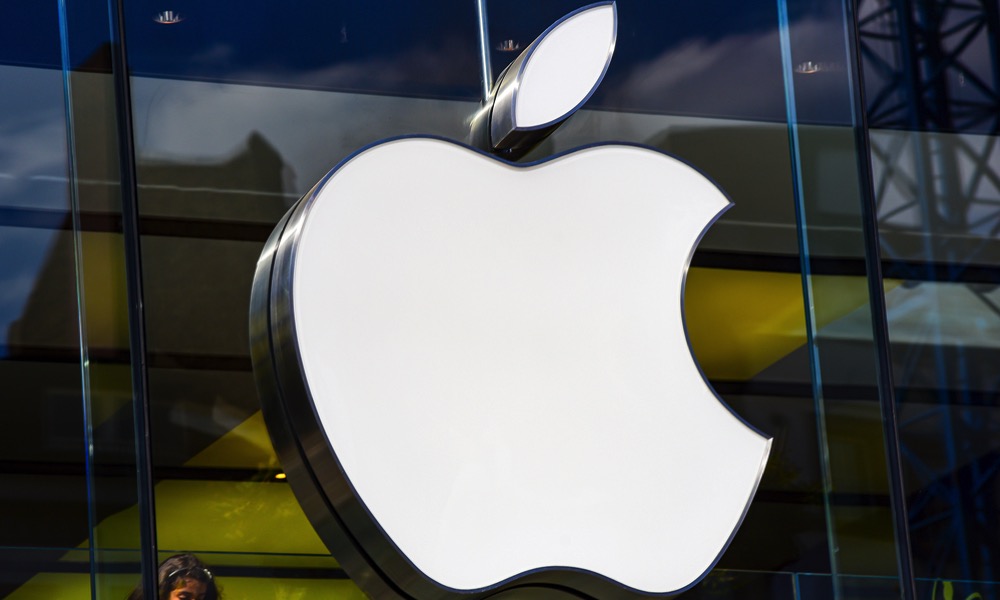Apple Reports Nearly $120 Billion in Revenue — With No Help from the iPad
 Credit: Vytautas Kielaitis / Shutterstock
Credit: Vytautas Kielaitis / Shutterstock
Toggle Dark Mode
Apple has just announced its first-quarter financial results for 2024, with $119.6 billion in revenue, over three-quarters of which was driven by the iPhone and Apple’s Services business.
While iPhone sales haven’t entirely returned to their record-breaking height of $71.6 billion from two years ago, they’ve made a healthy recovery from last year, growing by a respectable 6% to $69.7 billion. However, Apple’s services continue to do nothing but grow at a steady pace, shooting up 11.6% from last year to $23.1 billion.
Sadly, Apple didn’t do so well elsewhere, merely holding steady in Mac sales and losing some serious headway in both Wearables and the iPad, both of which dropped far enough to bring Apple down to only 2.1% revenue growth overall.
Here’s the full breakdown by category:
- iPhone: $69.7 billion (up 6%)
- Mac: $7.8 billion (up 0.6%)
- iPad: $7 billion (down 25.3%)
- Wearables, Home, and Accessories: $12 billion (down 11.1%)
- Services: $23.1 billion (up 11.3%)
Today Apple is reporting revenue growth for the December quarter fueled by iPhone sales, and an all-time revenue record in Services. Tim Cook
Of course, the diminished sales in both iPads and Wearables shouldn’t come as much of a surprise, considering how many new products Apple released in each of those categories last year.
For the iPad, that would be zero — marking the first time in the history of Apple’s tablet that it went a full year without a single new entry. Wearables arguably did a bit better with the Apple Watch Series 9 and Apple Watch Ultra 2. Still, many of those sales would have landed in Q4 2023, and the company lacked any compelling new AirPods, which often make a nice stocking stuffer to boost the holiday quarter. While it’s hard to know how much of a dent it made, the cessation of most Apple Watch sales just before Christmas probably didn’t help either.
By comparison, Q1 2023 saw the release of the second-generation AirPods Pro, plus continuing sales of the third-generation AirPods, which were new enough to garner some interest. It also had a third-generation Apple TV to provide a slight boost, particularly with the introduction of Apple Music Sing, which was exclusive to the new A15-powered set-top box.
That doesn’t mean that Apple won’t bounce back. With a lineup of new iPad Pro and iPad Air models expected to land by the end of March — including a new 12.9-inch version of the midrange tablet — the company will likely see an uptick in those numbers in the second and third quarters, not to mention that the 180,000+ Vision Pro headsets it’s sold, which will presumably get recorded in the Wearables category.
Either way, Apple’s $119.6 billion in revenue beat Wall Street’s expectations, but it’s the iPhone and Services that are driving the company to those heights. The iPhone still accounts for over half of the company’s revenue, and Services is almost reaching the point where it’s eclipsing every remaining product category put together.
In the earnings announcement, Apple also revealed that it now has over 2.2 billion installed devices:
We are pleased to announce that our installed base of active devices has now surpassed 2.2 billion, reaching an all-time high across all products and geographic segments. Tim Cook
In this context, that likely includes hundreds of millions of iPhones, but it also encompasses iPads, Macs, Apple Watches, and likely even Apple TVs and HomePods — pretty much anything that connects directly to Apple’s servers with an Apple ID. Still, that’s a staggering number, especially considering it doesn’t represent the number of devices sold but rather those that are still in regular use.







